Ditapis dengan
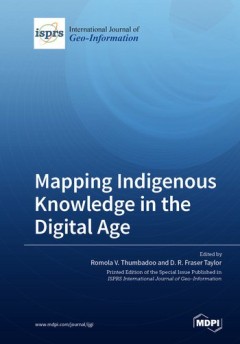
Mapping Indigenous Knowledge in the Digital Age
This Special Issue, “Mapping Indigenous Knowledge in the Digital Age”, explores Indigenous engagement with geo-information in contemporary cartography. Indigenous mapping, incorporating performance, process, product, and positionality as well as tangible and intangible heritage, is speedily entering the domain of cartography, and digital technology is facilitating the engagement of communit…
- Edisi
- -
- ISBN/ISSN
- 978-3-0365-5137-1
- Deskripsi Fisik
- 202 Hlm.
- Judul Seri
- -
- No. Panggil
- 526 Thu m
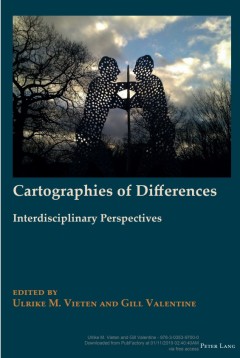
Cartographies of Differences : Interdisciplinary Perspectives
This volume investigates the process of learning how to live with individual and group differences in the twenty-first century and examines the ambivalences of contemporary cosmopolitanism. Engaging with the concept of ‘critical cartography’, it emphasizes the structural impact of localities on the experiences of those living with difference, while trying to develop an account of the counte…
- Edisi
- -
- ISBN/ISSN
- 978-3-0353-0804-4
- Deskripsi Fisik
- 240 Hlm.
- Judul Seri
- -
- No. Panggil
- 526 Vie c
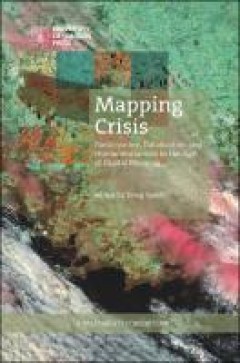
Mapping Crisis: Participation, Datafication and Humanitarianism in the Age of…
The digital age has thrown questions of representation, participation and humanitarianism back to the fore, as machine learning, algorithms and big data centres take over the process of mapping the subjugated and subaltern. Since the rise of Google Earth in 2005, there has been an explosion in the use of mapping tools to quantify and assess the needs of those in crisis, including those affected…
- Edisi
- 3
- ISBN/ISSN
- 978-1-912250-38-7
- Deskripsi Fisik
- 281 hlm.
- Judul Seri
- -
- No. Panggil
- 526 Spe m
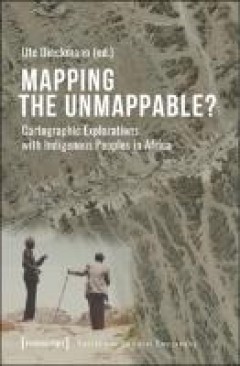
Mapping the Unmappable? Cartographic Explorations with Indigenous Peoples in …
How can we map differing perceptions of the living environment? Mapping the Unmappable? explores the potential of cartography to communicate the relations of Africa's indigenous peoples with other human and non-human actors within their environments. These relations transcend Western dichotomies such as culture-nature, human-animal, natural-supernatural. The volume brings two strands of researc…
- Edisi
- -
- ISBN/ISSN
- 978-3-8394-5241-7
- Deskripsi Fisik
- 347 hlm.
- Judul Seri
- -
- No. Panggil
- 526 Die m

Deep Mapping
This book explores the concept of deep mapping, a methodological approach that transcends traditional cartography to capture the multifaceted layers of place, memory, and experience. Through interdisciplinary perspectives, the book delves into how deep mapping enriches our understanding of landscapes, cultures, and identities. It delves into the intricate connections between geography, history,…
- Edisi
- -
- ISBN/ISSN
- 978-3-03842-166-5
- Deskripsi Fisik
- 252 hlm.
- Judul Seri
- -
- No. Panggil
- 526 Rob d
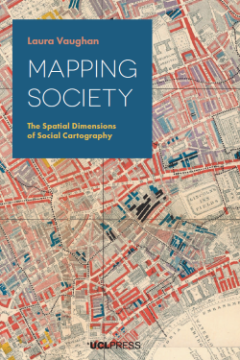
Mapping Society: The Spatial Dimensions of Social Cartography
From a rare map of yellow fever in eighteenth-century New York, to Charles Booth’s famous maps of poverty in nineteenth-century London, an Italian racial zoning map of early twentieth-century Asmara, to a map of wealth disparities in the banlieues of twenty-first-century Paris, Mapping Society traces the evolution of social cartography over the past two centuries. In this richly illustrated b…
- Edisi
- -
- ISBN/ISSN
- 978-1-78735-305-3
- Deskripsi Fisik
- 270 hlm.
- Judul Seri
- -
- No. Panggil
- 526 Vau m
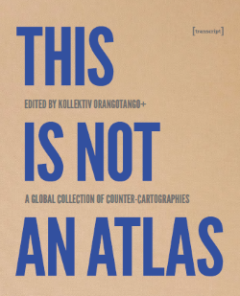
This Is Not an Atlas: A Global Collection of Counter-Cartographies
This book more than 40 counter-cartographies from all over the world. This collection shows how maps are created and transformed as a part of political struggle, for critical research or in art and education: from indigenous territories in the Amazon to the anti-eviction movement in San Francisco; from defending commons in Mexico to mapping refugee camps with balloons in Lebanon; from slums in …
- Edisi
- -
- ISBN/ISSN
- 978-3-8394-4519-8
- Deskripsi Fisik
- 354 hlm.
- Judul Seri
- -
- No. Panggil
- 526 Ora t
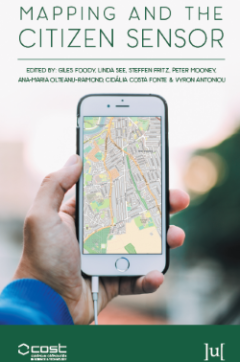
Mapping and the Citizen Sensor
Maps are a fundamental resource in a diverse array of applications ranging from everyday activities, such as route planning through the legal demarcation of space to scientific studies, such as those seeking to understand biodiversity and inform the design of nature reserves for species conservation. For a map to have value, it should provide an accurate and timely representation of the phenome…
- Edisi
- -
- ISBN/ISSN
- 978-1-911529-17-0
- Deskripsi Fisik
- 400 hlm.
- Judul Seri
- -
- No. Panggil
- 526 Map

Mobile Mapping : Space, Cartography and the Digital
This book argues for a theory of mobile mapping, a situated and spatial approach towards researching how everyday digital mobile media practices are bound up in global systems of knowledge and power. Drawing from literature in media studies and geography - and the work of Michel Foucault and Doreen Massey - it examines how geographical and historical material, social, and cultural conditions ar…
- Edisi
- -
- ISBN/ISSN
- 978-90-4853-521-7
- Deskripsi Fisik
- 346 Hlm.
- Judul Seri
- -
- No. Panggil
- 526 Wil m
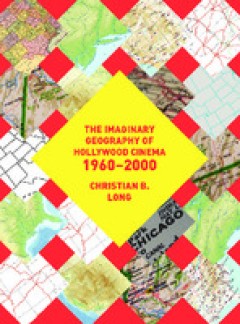
The Imaginary Geography of Hollywood Cinema 1960–2000
The Imaginary Geography of Hollywood Cinema 1960-2000 combines digital cartography with close readings of representative films to write a history of twentieth century Hollywood narrative cinema at the intersection of the geographies of narrative location, production, consumption and taste in the post-classical era, before the rise of digital cinema. This text reorients and redraws the boundarie…
- Edisi
- -
- ISBN/ISSN
- 978-1-78320-830-2
- Deskripsi Fisik
- 273 Hlm.
- Judul Seri
- -
- No. Panggil
- 526 Lon t
 Karya Umum
Karya Umum  Filsafat
Filsafat  Agama
Agama  Ilmu-ilmu Sosial
Ilmu-ilmu Sosial  Bahasa
Bahasa  Ilmu-ilmu Murni
Ilmu-ilmu Murni  Ilmu-ilmu Terapan
Ilmu-ilmu Terapan  Kesenian, Hiburan, dan Olahraga
Kesenian, Hiburan, dan Olahraga  Kesusastraan
Kesusastraan  Geografi dan Sejarah
Geografi dan Sejarah